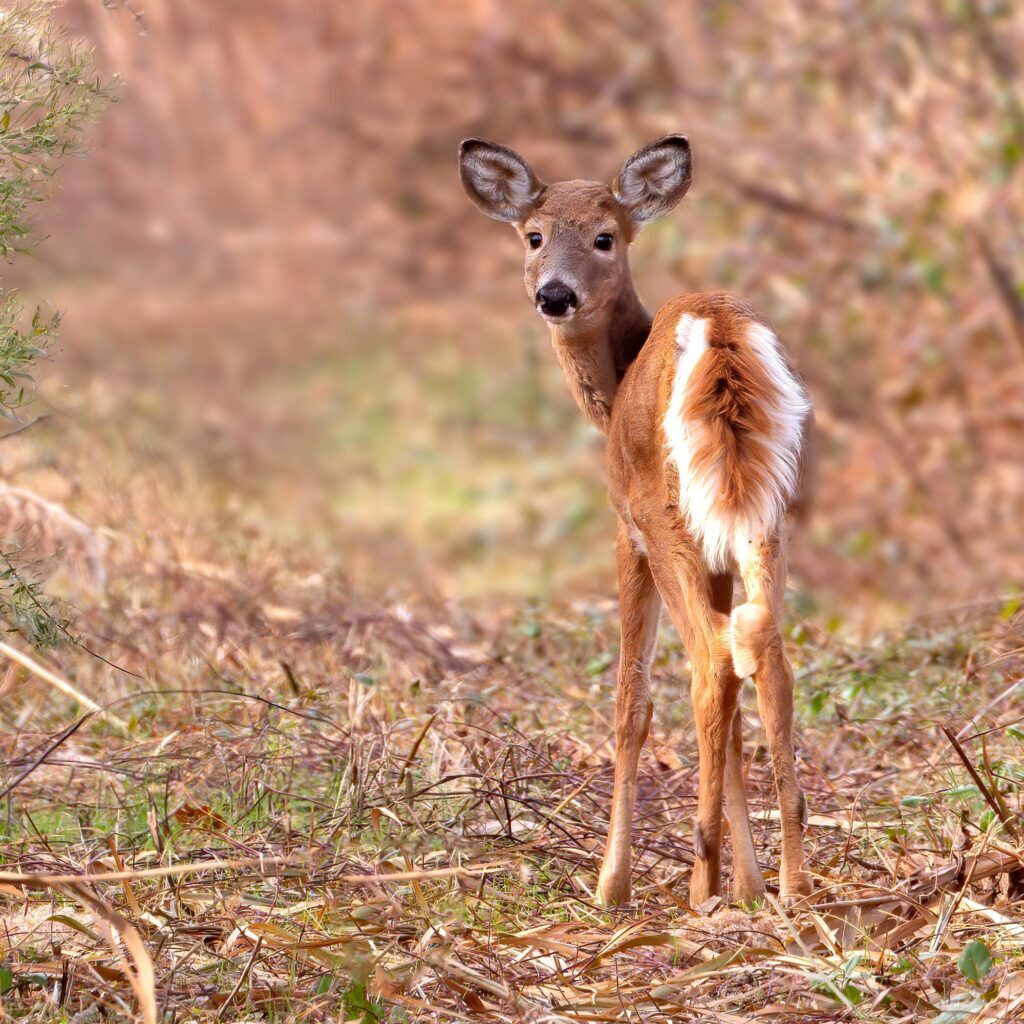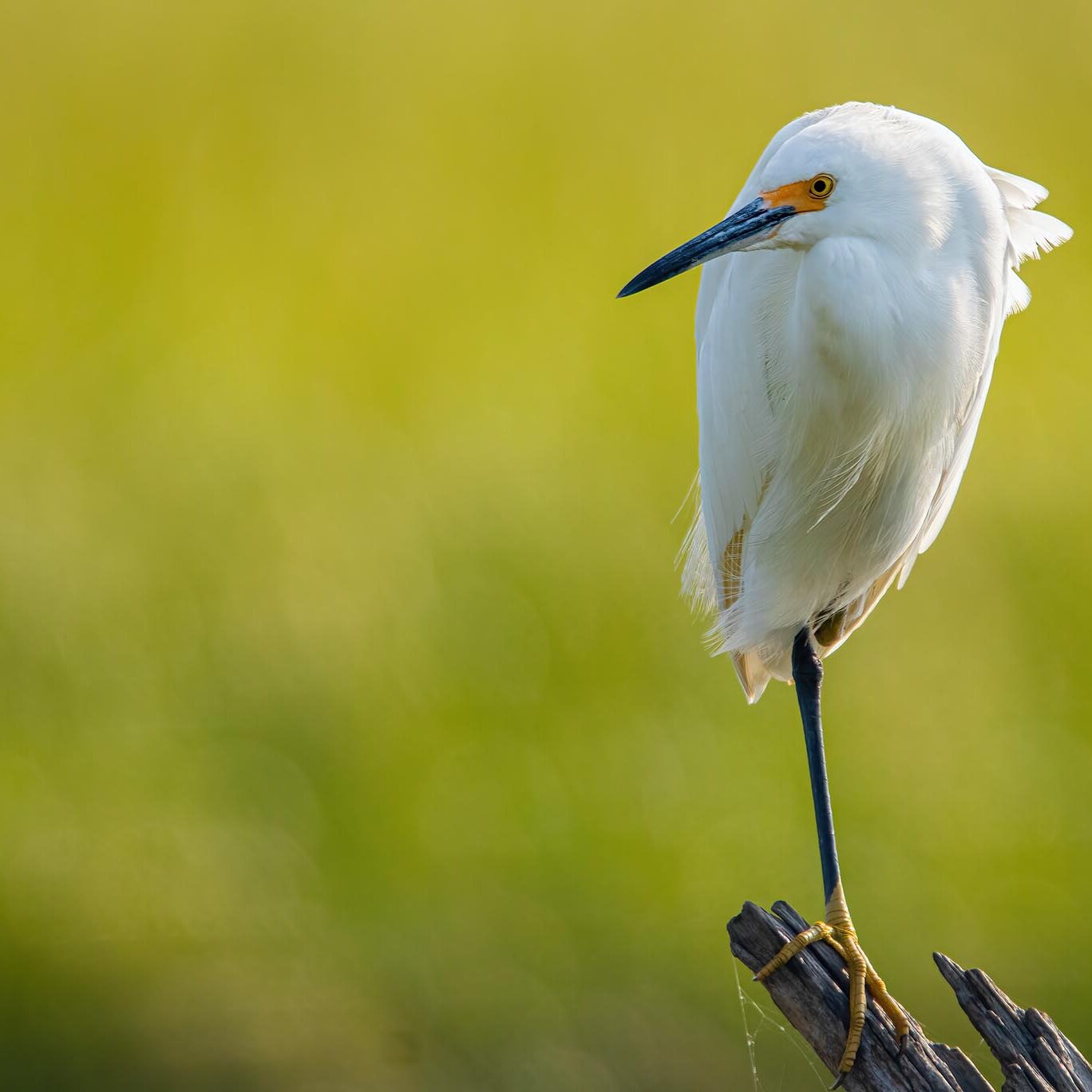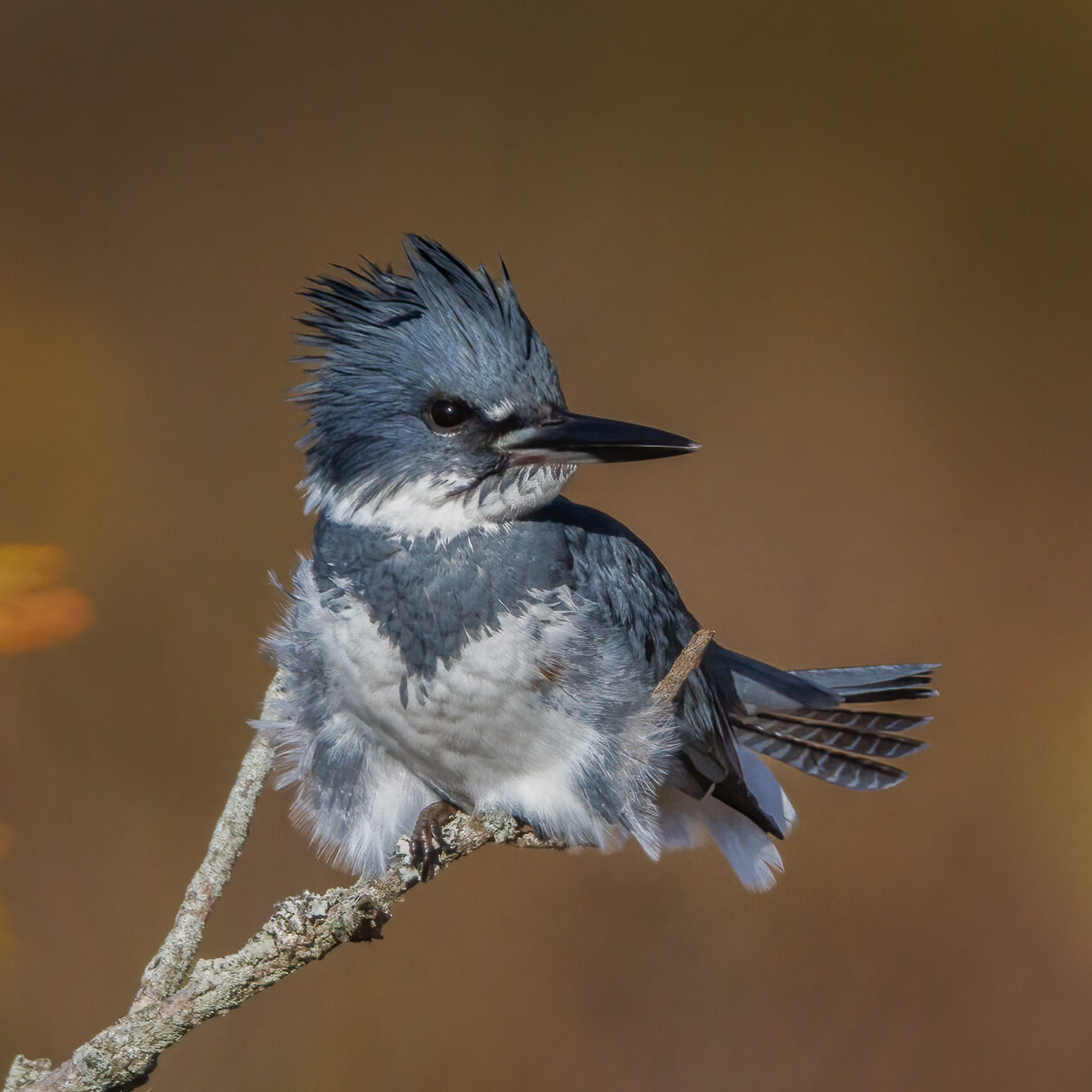Testimonial
Bombay Hook National Wildlife Refuge

Bombay Hook National Wildlife Refuge is located in central Delaware along the western shore of the Delaware Bay. It was established in 1937 as a link in the chain of refuges extending from Canada to the Gulf of Mexico and serves as a sanctuary for migratory waterfowl.
Situated on the Atlantic migratory flyway, Bombay Hook refuge has become increasingly important as a stopover for migratory birds, as habitat elsewhere has been destroyed. It is known among birders as an international hotspot and is recognized as one of America's 100 'Important Bird Areas' by the American Bird Conservancy.

Habitats and Wildlife
Much of the 16,251 acres of the refuge remains pristine. 13,000 acres are tidal salt marsh, considered to be Delaware's most valuable wildlife habitat. Impounded fresh water pools and brushy and timbered swamps cover about 1,100 acres; agricultural fields cover another 1,100 acres; and timbered and grassy upland covers the other 1,100 acres.
Such diversity of habitat has resulted in an abundance and diversity of wildlife: 327 species of birds are found on the refuge (click for bird list); 103 of those species are known to breed here. In addition to the birds, 34 species of mammal, 14 species of amphibians, 21 species of reptiles and 21 species of fish are found on the refuge.
Things to do
Bombay Hook is a great place to study and photograph nature, and to view wildlife in unspoiled surroundings. Visitors may drive, bicycle or walk the public tour route, a 12 mile round-trip traversing the many refuge habitats. Along the route are five nature trails and three observation towers, each overlooking a fresh water impoundment.
The Friends of Bombay Hook, in conjunction with the refuge staff and with the help of refuge volunteers, sponsor many activities at the refuge. Bird walks, refuge tours, field trips and an annual spring festival are held at the refuge each year. These events are free of charge and open to the public.
The refuge, which hosts about 100,000 visitors each year, is open every day of the year from sunrise to sunset. The Visitor Center is open weekdays year round from 8:00 AM to 4:00 PM and on spring and fall weekends from 9:00 AM to 5:00 PM.


Protecting Wildlife and Habitat
To protect wildlife and their habitat and to provide the best opportunities for wildlife observation and photography, it is important to not disturb, injure, or damage the plants and animals you find at Bombay Hook. In fact, it is a prohibited act as stated in 50 CFR27.51.
Flushing birds and other wildlife or using electronic calls (taping) to lure birds closer for observation or photography is prohibited
Unmanned aircraft systems (Drones) are prohibited.
Please remember to take only memories and photographs and leave only footprints.